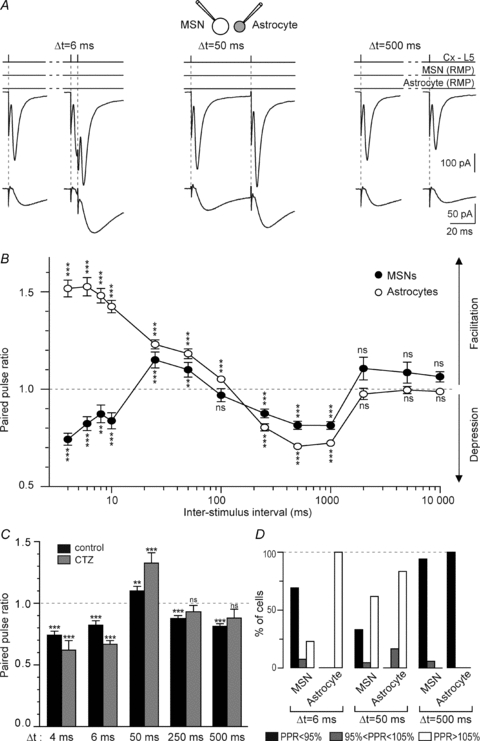Figure 7. EPSCs and STCs exhibit, respectively, a triphasic and biphasic short-term plasticity.

A, representative experiments of paired-pulse stimulation in the cortex at 6, 50 and 500 ms ISIs illustrate the triphasic (MSN EPSCs) and biphasic (astrocyte STCs) short-term plasticity in a representative MSN–astrocyte pair. Current traces represent the average of 15 consecutive EPSCs and STCs raw traces. B, MSN and astrocytes displayed marked paired-pulse plasticity. Patch-clamp recordings of striatal MSN–astrocyte pairs (n = 17) showed the occurrence of the triphasic short-term plasticity of MSN EPSCs and a biphasic paired-pulse plasticity of the astrocyte STCs. C, CTZ pretreatment (100 μm) did not impair significantly the paired-pulse depression of MSN EPSCs observed for 4 and 6 ms ISIs (n = 4 and 7, respectively) or for depression for ISIs of 250 ms (n = 5) and 500 ms (n = 5). Note that facilitation observed for ISI = 50 ms was significantly increased by CTZ (n = 5). D, occurrence of short-term plasticity (PPR < 95% indicated a depression, PPR 95–105% an absence of short-term plasticity and PPR > 105% a facilitation) in MSNs and astrocytes for 6, 50 and 500 ms ISIs. ns: not significant, **P < 0.01, ***P < 0.001.
